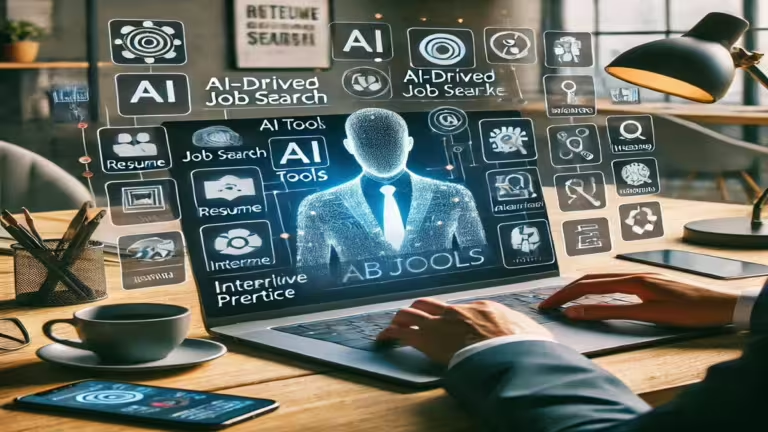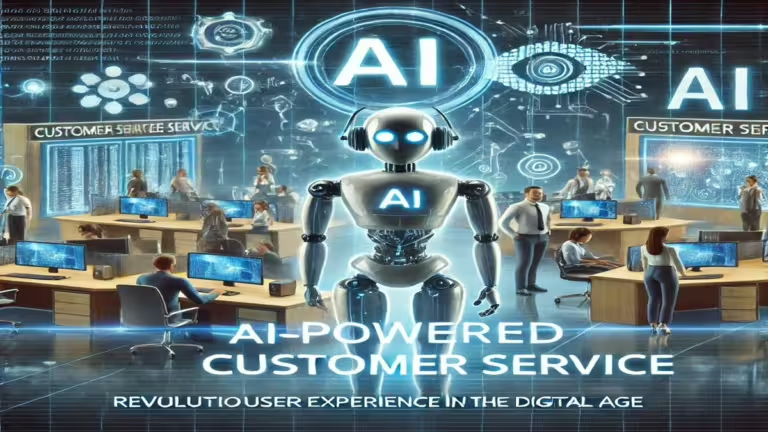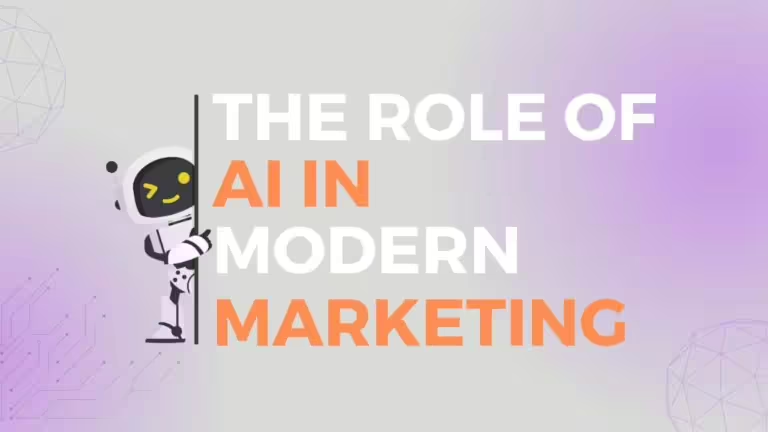Artificial Intelligence (AI) has become a transformative force across various industries, offering immense potential to improve efficiency, decision-making, and customer experiences. However, the question on many business leaders’ minds is, “How much does AI cost?” The cost of implementing AI can vary widely based on several factors, including the complexity of the project, the type of AI solution, and the resources required. In this blog, we will explore the various costs associated with AI implementation, provide insights into budgeting for AI projects, and answer some frequently asked questions.
Factors Influencing AI Costs
- Type of AI Solution
- Machine Learning (ML): Developing ML models involves costs related to data collection, data cleaning, model training, and deployment. Depending on the complexity, these costs can range from tens of thousands to millions of dollars.
- Natural Language Processing (NLP): NLP projects, such as chatbots and language translation, often require sophisticated algorithms and large datasets, which can drive up costs.
- Computer Vision: This involves high computational costs for image and video processing, requiring significant investment in hardware and software.
- Data Requirements
- Data Collection: Gathering high-quality data can be expensive. Costs include data acquisition, storage, and management.
- Data Annotation: For supervised learning, data must be labeled, which can be labor-intensive and costly.
- Infrastructure and Technology
- Hardware: High-performance GPUs and specialized hardware for AI computations can be a significant investment.
- Software and Tools: Licenses for AI development platforms and tools can add to the costs. Open-source tools may reduce expenses but might require additional customization and maintenance.
- Human Resources
- Expertise: Hiring skilled data scientists, AI engineers, and domain experts is crucial. Their salaries can be substantial, reflecting the high demand for these professionals.
- Training: Ongoing training and development for the team to stay updated with the latest AI technologies can also add to the cost.
- Development Time
- The time required to develop, test, and deploy an AI solution can vary, impacting the overall cost. Projects with longer timelines typically incur higher costs due to sustained resource allocation.
Budgeting for AI Implementation
When budgeting for AI implementation, it is essential to consider both initial and ongoing costs. Here’s a breakdown of potential expenses:
- Initial Costs
- Feasibility Study: Conducting a feasibility study to understand the potential ROI and technical requirements.
- Prototype Development: Creating a proof-of-concept or prototype to test the viability of the AI solution.
- Infrastructure Setup: Investing in the necessary hardware and software infrastructure.
- Ongoing Costs
- Maintenance: Regular updates, bug fixes, and performance tuning of AI models.
- Scalability: Costs associated with scaling the AI solution to handle increased data and usage.
- Support and Training: Continuous support for users and training for staff to ensure effective use of the AI solution.
Real-World Examples
- Small Businesses: A small e-commerce business might invest in an AI-powered chatbot for customer service. Initial costs could be around $10,000 to $50,000, with ongoing monthly costs of $1,000 to $5,000 for maintenance and updates.
- Large Enterprises: A large healthcare provider implementing AI for predictive analytics could spend between $500,000 to $5 million on development, with ongoing costs of $50,000 to $200,000 per year for data management and model updates.
FAQs about AI Costs
1. How much does a simple AI project cost?
A simple AI project, such as a basic chatbot or a recommendation system, can cost anywhere from $10,000 to $50,000, depending on the complexity and customization required.
2. What are the hidden costs of AI implementation?
Hidden costs can include data acquisition and annotation, infrastructure upgrades, and the need for ongoing model maintenance and updates. Additionally, integrating AI with existing systems can incur unexpected expenses.
3. How can small businesses afford AI solutions?
Small businesses can start with off-the-shelf AI solutions or cloud-based AI services, which are more affordable. These solutions can be customized to some extent and provide a good starting point without significant upfront investment.
4. What factors increase the cost of AI projects?
Factors that can increase costs include the need for high-quality, labeled data, advanced computational resources, and hiring skilled AI professionals. Complex projects that require sophisticated algorithms and extensive testing also drive up costs.
5. Can AI implementation provide a good return on investment (ROI)?
Yes, AI implementation can provide a substantial ROI by improving efficiency, reducing operational costs, and enhancing customer experiences. However, it is essential to conduct a thorough cost-benefit analysis to ensure the investment aligns with business goals.
Conclusion
Understanding the cost of AI implementation involves considering multiple factors, including the type of AI solution, data requirements, infrastructure, human resources, and development time. By carefully planning and budgeting, businesses can successfully navigate the financial aspects of AI projects and leverage the transformative potential of AI to achieve their goals.









